Workplace bullying and harassment impact mental health, leading to a toxic work environment. Below are 6 stages that show how it progresses, leading to emotional distress and shattered morale.
Research explains the predictable cycle of workplace abuse. Workplace bullying begins like a blister, small, and undetected. Over time, however, it can render targets immobile, fully engrossed in pain, and completely surprised by what transpired.
As a researcher and university professor, I have interviewed over 200 targets of workplace bullying, across 24 industries, 27 states, and 15 countries.
Most of these individuals were unaware that they were under attack until deeply rooted in the battle. Much experienced relief when they were able to name the abuse and understand the stages of the bullying cycle.
According to Davenport, Schwartz, and Elliot, workplace bullying is “a malicious attempt to force a person out of the workplace through unjustified accusations, humiliation, general harassment, emotional abuse, and/or terror.”
This may result in mental trauma and physical distress fostered by a toxic culture that tolerates and, at times, propels the abuse.
Related: Workplace Bullying: 8 Signs of A Toxic Person At Work
Though workplace bullying catches targets off guard, the cycle is highly predictable. It unfolds over distinct stages, which were first documented by organizational psychologist Heinz Leymann and later expanded upon by other researchers, including Duffy and Sperry and the Namies at the Workplace Bullying Institute.
Though each target’s experience is unique, the typical trajectory is described below.
Here Are The Six Stages Of Workplace Bullying
1. Target Identification
According to the Namies at the Workplace Bullying Institute, targets of workplace abuse share common characteristics.
They are highly competent, creative, and top performers. They’re uninterested in office politics and possess a benevolent worldview. Targets tend to be highly respected in their work community, and colleagues often seek them out for advice.
In contrast, bullies tend to be narcissistic, lacking in job expertise, and adept at taking credit for the efforts of others.
Bullies often operate behind a veil of secrecy, seeking control through manipulation, gossip, sabotage, gaslighting, and isolation. Bullies are often threatened by targets’ competence, creativity, and social capital and thus go to work attempting to push them out.
2. Jealousy and Battle Plans

Once the bully identifies his target, he starts to plot her dismissal. He often begins by ingratiating himself, pretending to be a friend and ally in an effort to encourage the target to divulge personal information that can later be used as ammunition.
The bully works to spot the target’s strengths, so in subsequent stages, he can attack them as weaknesses in an effort to erode the target’s confidence. For example, if the target is an exemplary writer, the bully may take away her writing responsibilities, citing incompetence.
3. Precipitating Event
The precipitating event is not the cause of the workplace bullying but rather the bully’s invitation to launch the attack. It may be something as simple as the target securing a promotion one of the bully’s friends was vying for or a successful initiative the target spearheaded that inadvertently stole the bully’s spotlight.
The bully uses this event as an opportunity to stir unrest and recruit bystanders to participate in the abuse.
Related: Toxic Coworkers: How To Deal With The 7 Most Dangerous Work Personalities
4. Underground Battle
The initial attacks are most often quiet, in the form of lunchtime gossip, insincere showings of concern, like “Trevor sure looks tired,” and whispers of incompetence, such as “Did you notice the mistakes Shanel made during this morning’s presentation?”
Next, the bully may begin to secretly interview colleagues regarding the target’s personality, planting seeds of doubt and disdain, while advising them to keep their distance in an effort not to become “part of the problem.”
Studies show that bullies frequently contact Human Resources to express their concerns regarding the target’s performance and mental health. Often, HR will initially rebuff, citing the target’s stacks of accolades and accomplishments, yet will eventually relent and start the documentation process that the bully knows is necessary for the target’s termination.
In addition, most bullies will share their concerns with upper management, creating employment protection in the event the target later attempts to go over their head to solicit help.
5. Escalating Attacks and Mobbing
HR may place the target on a Performance Improvement Plan (PIP), offering vague reasonings and unattainable goals.
At this point, rumors will often intensify, the sabotage increases, and the target will be uninvited to meetings and social events and then be penalized for missing information. Witnessing the abuse and fearful of being targeted next, most bystanders join in on the bullying and cut all friendly contact with the target.
As the stress compounds and the isolation intensifies, the target’s feelings of hopelessness can be overwhelming. The WBI 2012 Study of Workplace Bullying found that most targets incur stress-induced physical and mental suffering that may include hypertension, gastrointestinal issues, migraines, anxiety, depression, panic attacks, and symptoms of PTSD.
At this point, many targets appeal to the bully’s superiors for help, yet due to the bully’s earlier priming, the target’s concerns are often minimized and dismissed.
Related: Six Tips for Speaking Up Against Bad Behavior
6. Final Resignation, Coverup, and Recovery

After approximately 6 to 12 months of unrelenting emotional abuse, 74 percent of targets will be transferred, terminated, or constructively discharged. In an effort to cover up the abuse, some organizations offer compensation packages in exchange for signing a Nondisclosure Agreement (NDA), forever silencing the target’s story.
At this stage, most targets are left unemployed, financially strapped, and without health insurance, at the very moment when their health is most vulnerable. Following their departure, the bully may continue the character assassination, hampering the target’s efforts to secure new employment.
Instead of addressing the toxic culture that sanctioned the bullying, some organizations will engage in Orwellellian “doublespeak,” such as “the stress was too much for him,” or “we wish we could say more, but it is a Human Resources issue.”
However, all is not lost. The target will find hope and redemption by securing a job at a new organization, with an innovative culture, whose values and mission align with her own.
Many targets also find healing by lobbying for the enactment of protective workplace legislation and advocating for others who have had their dignity stripped at work.
It is important to understand the trajectory of workplace abuse because that which can be identified can be stopped. Bullying can be called out, bystanders can become upstanders, and creativity can thrive in the context of an organizational culture that insists on psychological safety on the job.
Copyright (2020). Dorothy Courtney Suskind, Ph.D.
If you want to get in touch with Dorothy Suskind, you can drop her a mail at dorothysuskind@gmail.com.
References:
Carbo, J. A. (2017). Understanding, defining, and eliminating workplace bullying: Assuring dignity at work. New York: Routledge. Davenport, N., Schwartz, R. D., & Elliott, G. P. (1999). Mobbing: Emotional abuse in the American workplace. Ames, IA: Civil Society Publishing. Duffy, M., & Sperry, L. (2012). Mobbing: Causes, consequences, and solutions. New York: Oxford University Press. Leymann, H. (1990). Mobbing and psychological terror at workplaces. Violence and Victims, 5(2), 119–126. Namie, G., & Namie, R. (2011). The bully-free workplace: Stop jerks, weasels, and snakes from killing your organization. John Wiley & Sons. The Healthy Workplace Bill. https://healthyworkplacebill.org/. Workplace Bullying Institute. https://workplacebullying.org/.
Written By Dorothy Suskind
Originally Appeared In Psychology Today
Frequently Asked Questions
How can an employer deal with workplace bullying?
Identify bullying behavior and formulate an anti-bullying HR policy. Employees who harass others need to be trained on their behavior. Employers must listen to their side of the story and give honest feedback. If needed, disciplinary action must be taken with regular follow-ups.
Who is the most likely perpetrator of workplace bullying?
Anybody irrespective of gender, designation, race, sexual orientation, religion, or color can be a perpetrator of workplace bullying. Even being a bystander or enabling bullying makes you involved in the process.
Can you die from bullying?
There have been reported cases of suicides and suicide attempts by people who have been subjected to bullying. If you are facing a similar situation, reach out to someone you trust for guidance.
Does bullying cause gun violence?
Bullying can cause significant emotional distress. Kids bullied in schools for a prolog period sometimes develop psychological complications, and there has been a trend that links increased gun violence among such students.
How should you respond to narcissistic bullying?
If you can, avoid them altogether. If not, stand up to them and lay down firm boundaries, however, remain prepared for violations. You need to stick to your rules and take action accordingly, but don’t get agitated. Remain distant and cool-headed.

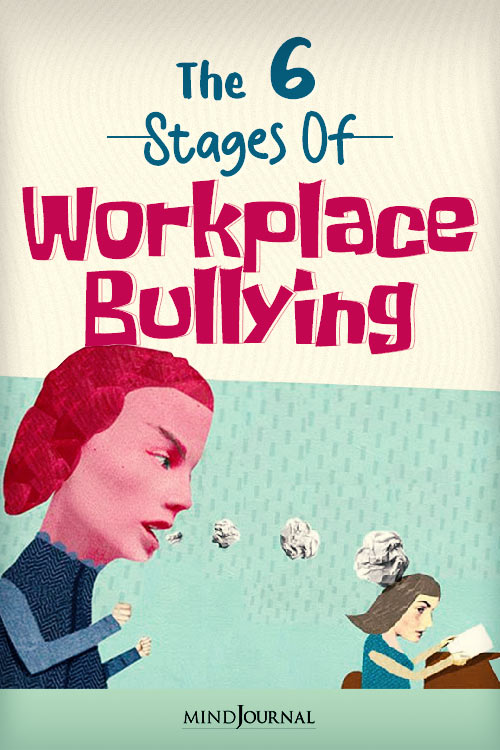
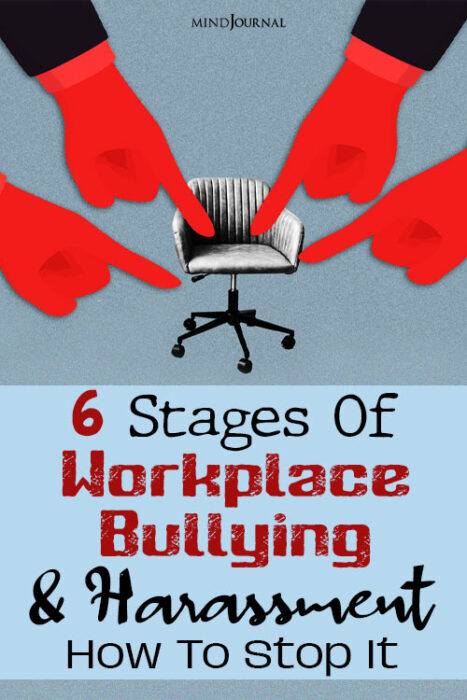
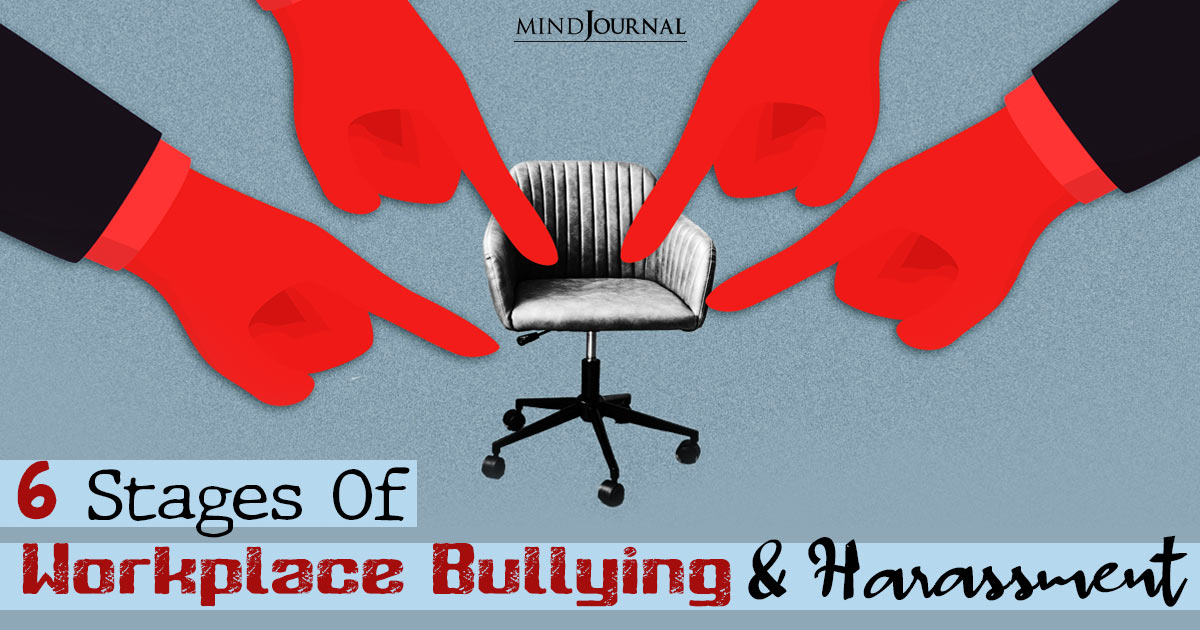
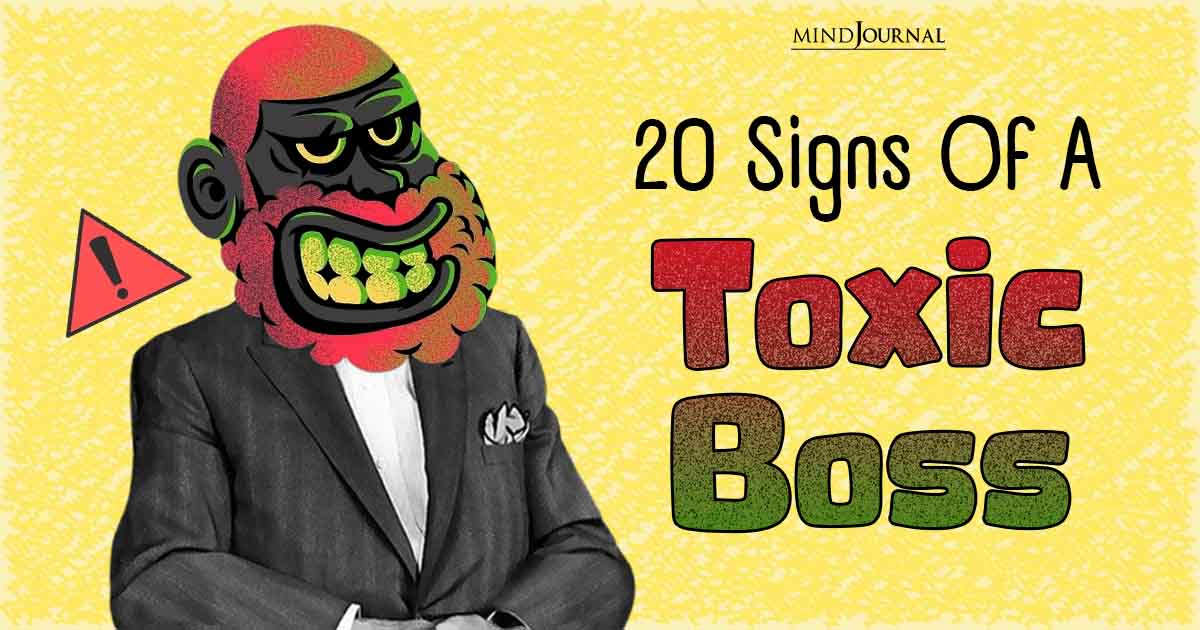
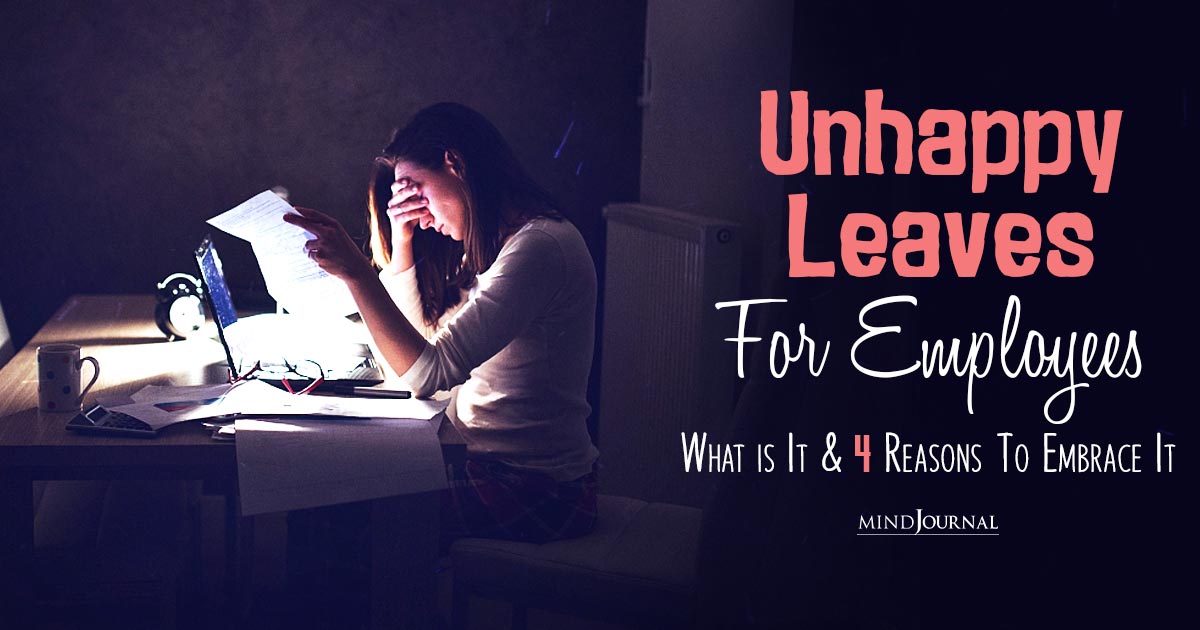

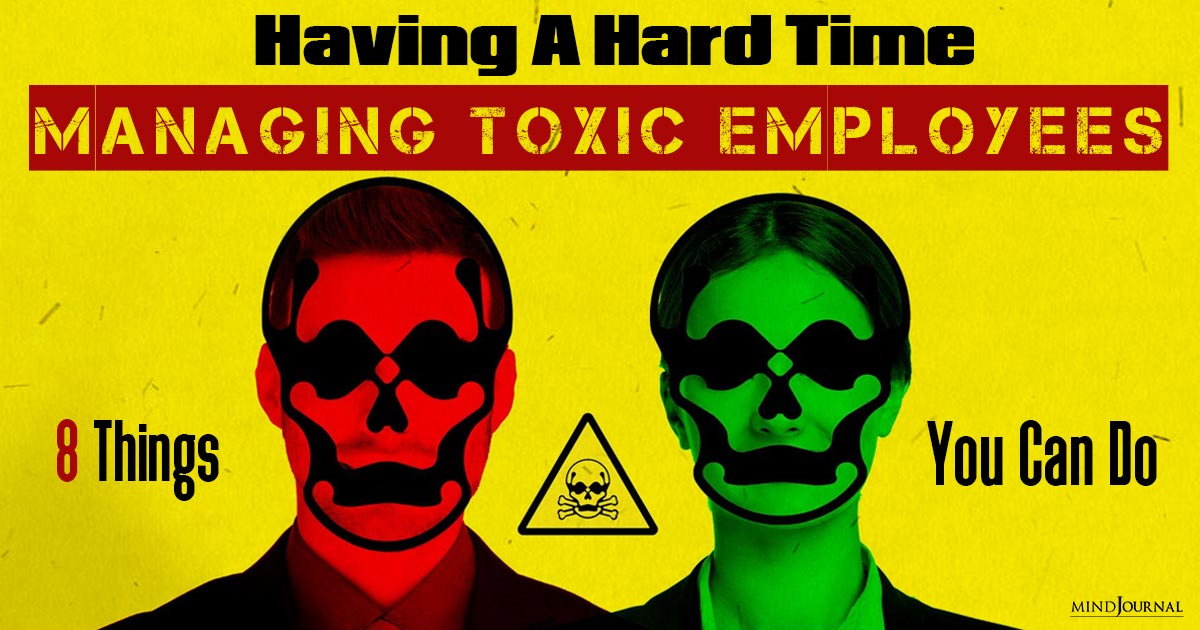
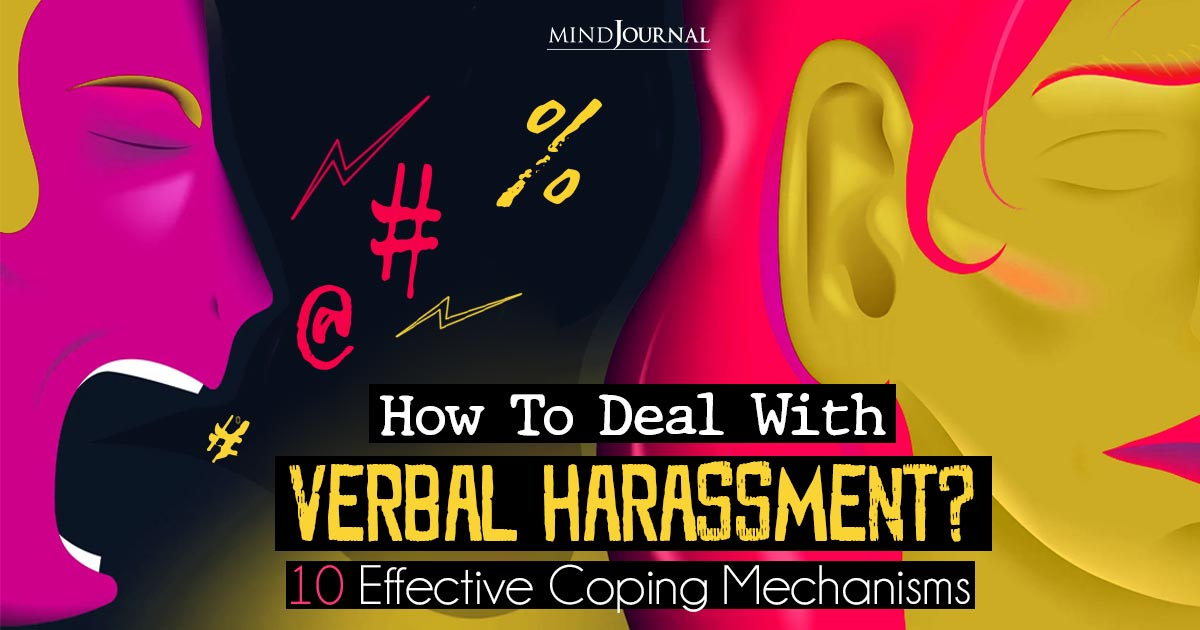
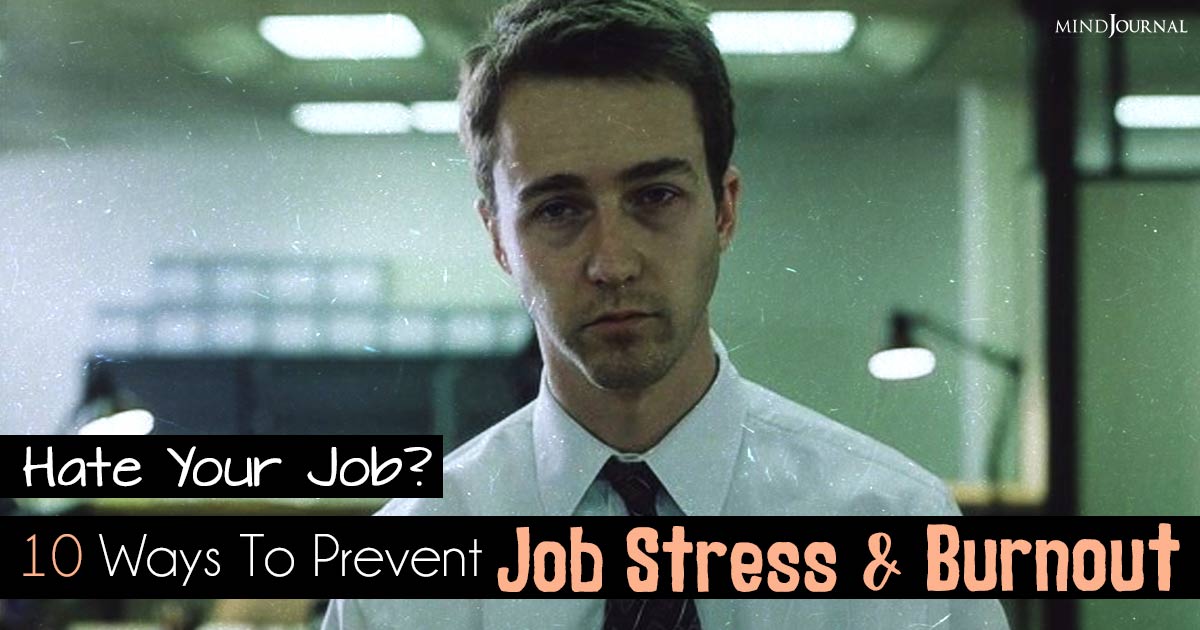
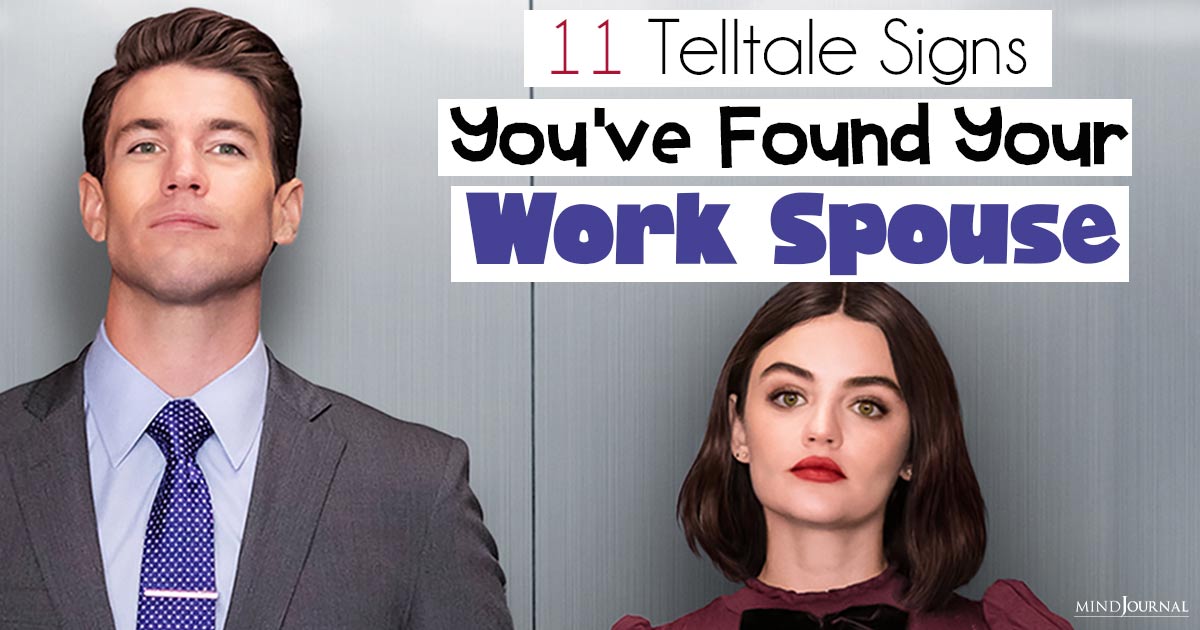
Leave a Reply
You must be logged in to post a comment.